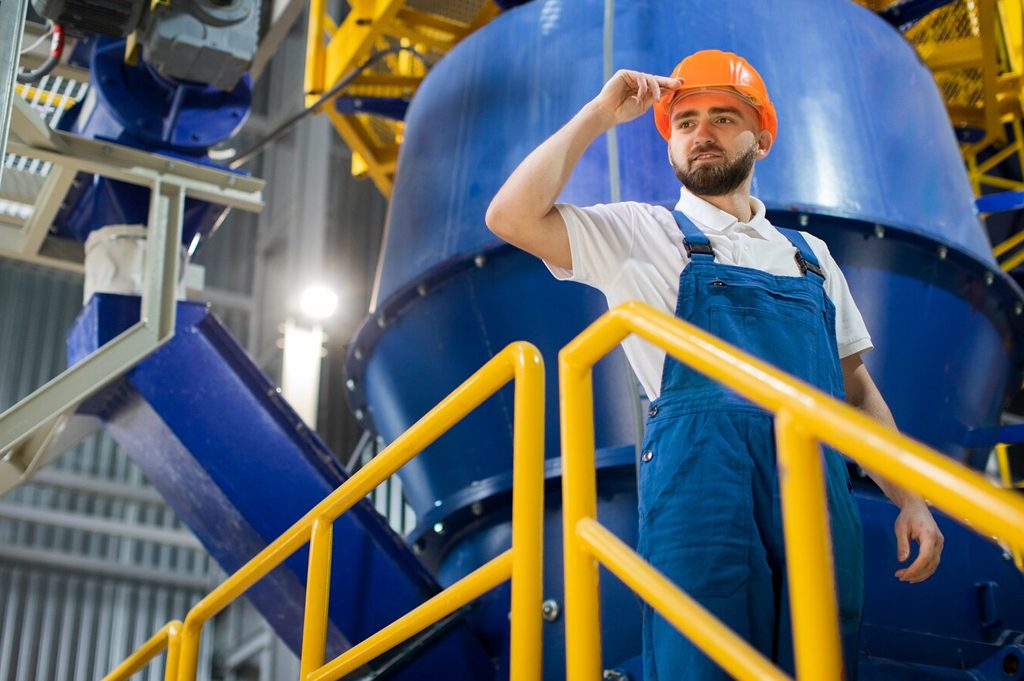The landscape of mechanical, electrical, and plumbing (MEP) engineering in Southern California is dynamic, shaped by ongoing regulatory shifts. For MEP engineers, staying current with these regulations is paramount to designing buildings that prioritize safety, efficiency, and environmental sustainability. This article explores key regulatory trends impacting MEP in Southern California, focusing on energy efficiency, water conservation, indoor air quality, fire safety, and green building standards.
Changes in Energy Code
Updates to the California Electrical Code by the California Energy Commission now include additional energy efficiency mandates applicable to various systems. These encompass electrical power distribution, panelboards in residential buildings, and electric appliances like heat pump water heaters and electric cooktops. Moreover, amendments address energy storage systems (ESS) readiness in multifamily buildings, aiming to enhance compliance with energy efficiency requirements.
Mechanical Code Revisions
The California Mechanical Code has undergone substantial changes across chapters and sections, overseen by multiple state agencies. Notable amendments include extending permit expiration to 12 months, new requirements for air distribution devices to prevent microbial growth, and exceptions allowing the use of A2L refrigerant in specific air conditioning units. These updates align the code with current regulations, promoting energy efficiency and safety standards.
Updates to Plumbing Code
The 2022 California Plumbing Code (CPC) reflects alterations in permit expiration, water fixture standards, and energy efficiency requirements for water heating systems and pipe insulation. Noteworthy changes include clarifications on landscape irrigation systems using recycled water and additions to standards for plumbing fixtures and fittings. These revisions ensure compliance with health and safety standards while addressing water conservation and energy efficiency goals.
2022 Building Energy Efficiency Standards
The latest Building Energy Efficiency Standards for single-family residential, multifamily, and nonresidential buildings introduce significant changes to HVAC equipment, lighting requirements, and energy storage systems. Notable updates include new prescriptive requirements for space heating and water heating equipment, mandatory occupant sensing controls for office spaces, and stricter efficiency standards for mechanical systems. These standards aim to reduce energy consumption, enhance indoor air quality, and promote sustainable building practices.
Adapting to Regulatory Trends
For stakeholders in architecture, construction, and real estate in Southern California, compliance with MEP regulations is not just a legal requirement but a moral imperative. By adhering to these standards, stakeholders can ensure that their buildings are not only safe and efficient but also environmentally responsible. Through strategic partnerships with experienced MEP engineering consultants like ISP-USA, stakeholders can navigate the complexities of regulatory compliance and optimize their construction projects for sustainability and efficiency.
Looking Ahead
As the regulatory landscape continues to evolve, MEP engineers will play a pivotal role in driving sustainable practices and innovations in building design and construction. By embracing these regulatory trends, stakeholders can contribute to a more resilient and sustainable built environment for future generations. To capitalize on these regulatory shifts effectively, stakeholders should seek guidance from knowledgeable MEP engineering consultants who can provide expert insights and solutions tailored to their specific needs and objectives.
In Conclusion
The regulatory landscape for MEP in Southern California reflects a growing emphasis on sustainability and environmental stewardship. MEP engineers play a vital role in implementing these regulations, designing systems that prioritize efficiency, safety, and comfort. By embracing these trends, stakeholders contribute to a more resilient and sustainable built environment. To leverage these regulatory shifts effectively, seek guidance from knowledgeable MEP engineering consultants like ISP-USA for your next construction endeavor.









